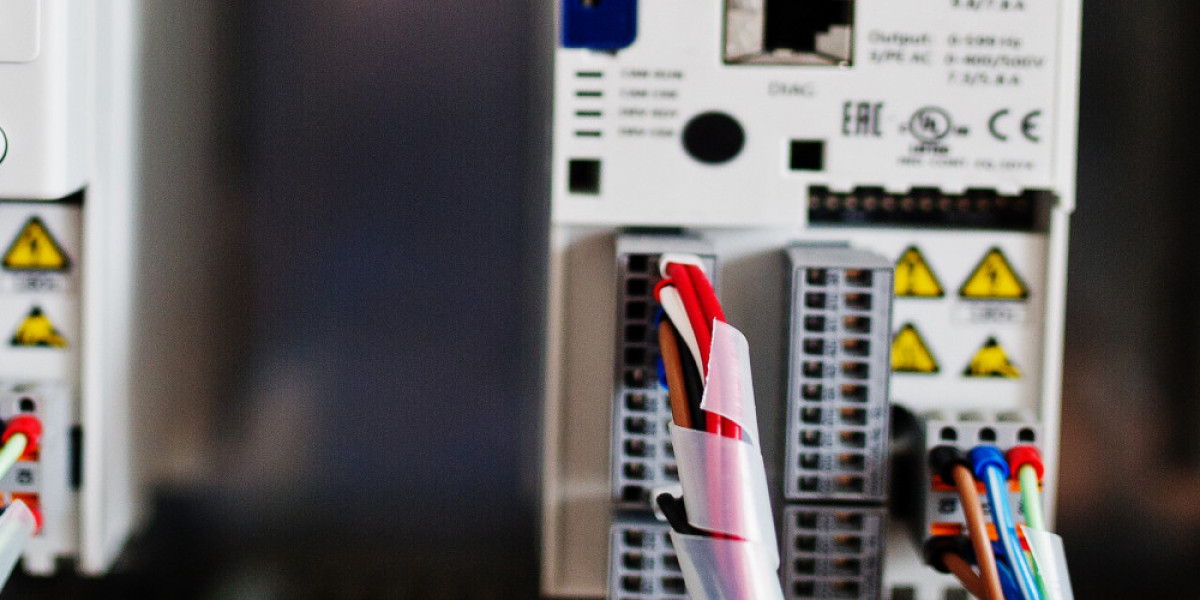In modern power systems, Vacuum Circuit Breakers (VCBs) are indispensable for ensuring reliability and safety. They are designed to handle high-voltage applications while offering durability and minimal maintenance compared to older breaker technologies. However, no breaker can remain reliable without structured servicing.
The foundation of effective VCB servicing lies in two equally important aspects: electrical testing and mechanical care. Together, these practices ensure that the breaker performs flawlessly under fault conditions, extends its lifespan, and complies with industry safety standards.
Why VCB Servicing is Critical
VCBs are exposed to demanding operational environments where they regularly interrupt high fault currents and withstand electrical stresses. Without proper care, their efficiency and safety can degrade over time, leading to risks such as:
- Failure to interrupt faults.
- Contact erosion and overheating.
- Insulation breakdown.
- Unexpected downtime and costly repairs.
Regular servicing, therefore, is not an optional exercise but a necessity for sustainable operations.
Electrical Testing: Ensuring Reliable Performance
Electrical testing evaluates the breaker’s capacity to handle current and voltage stresses under real-world conditions. It helps identify hidden defects before they evolve into failures.
1. Contact Resistance Test
- Measures the resistance across breaker contacts.
- High resistance indicates erosion or contamination, which can cause overheating.
2. Insulation Resistance Test
- Verifies the health of the breaker’s insulation.
- Low resistance values may suggest moisture ingress or insulation aging.
3. High-Potential (Hi-Pot) Testing
- Applies high voltage to check dielectric strength.
- Ensures the breaker can withstand operating voltages without flashover.
4. Timing and Motion Analysis
- Records the opening and closing times of the breaker.
- Detects sluggish operation, which could compromise fault clearance.
5. Partial Discharge Testing
- Identifies defects or voids in insulation.
- Helps prevent premature insulation failure.
Mechanical Care: Preserving Longevity
While electrical testing ensures operational readiness, mechanical care focuses on the physical health of the breaker. Neglecting mechanical upkeep can lead to wear, friction, or binding that affects performance.
1. Lubrication of Moving Parts
- Reduces friction and prevents wear in linkages, springs, and mechanisms.
- Essential for maintaining smooth and quick operations.
2. Inspection of Contacts
- Regularly check for erosion, pitting, or alignment issues.
- Replace or refurbish contacts when wear exceeds manufacturer limits.
3. Spring and Mechanism Testing
- Verify that operating springs and mechanisms deliver the required energy.
- Prevents delays in tripping and reclosing actions.
4. Cleaning and Tightening
- Remove dust, dirt, and contaminants from breaker surfaces.
- Ensure all electrical and mechanical connections are secure.
5. Seals and Housing Checks
- Inspect breaker enclosures and seals for signs of deterioration.
- Protects against moisture ingress and environmental contaminants.
Benefits of Integrating Electrical Testing with Mechanical Care
When electrical and mechanical aspects of servicing are combined, the result is a holistic approach to reliability:
- Improved Safety – Reduced risk of breaker failure under fault conditions.
- Extended Equipment Life – Early defect detection prevents major failures.
- Lower Downtime – Proactive servicing avoids unplanned outages.
- Regulatory Compliance – Meets IEC, IEEE, and national standards for maintenance.
- Optimized Performance – Ensures that the breaker performs consistently throughout its operational life.
Best Practices for VCB Servicing
- Follow manufacturer guidelines for test intervals and mechanical checks.
- Maintain accurate records of every test and inspection.
- Use only calibrated test instruments for accuracy.
- Schedule servicing at least once every 2–3 years, or more frequently under harsh conditions.
- Train maintenance teams in both electrical and mechanical aspects of VCB care.
Conclusion
The foundation of VCB servicing lies in striking the right balance between electrical testing and mechanical care. Electrical testing ensures that the breaker will operate reliably under fault conditions, while mechanical care preserves its longevity and efficiency.
Preventive Testing: Protecting Power Transformers from Costly Failures
Reduced Maintenance Costs Through Modern Relay Retrofitting Solutions







